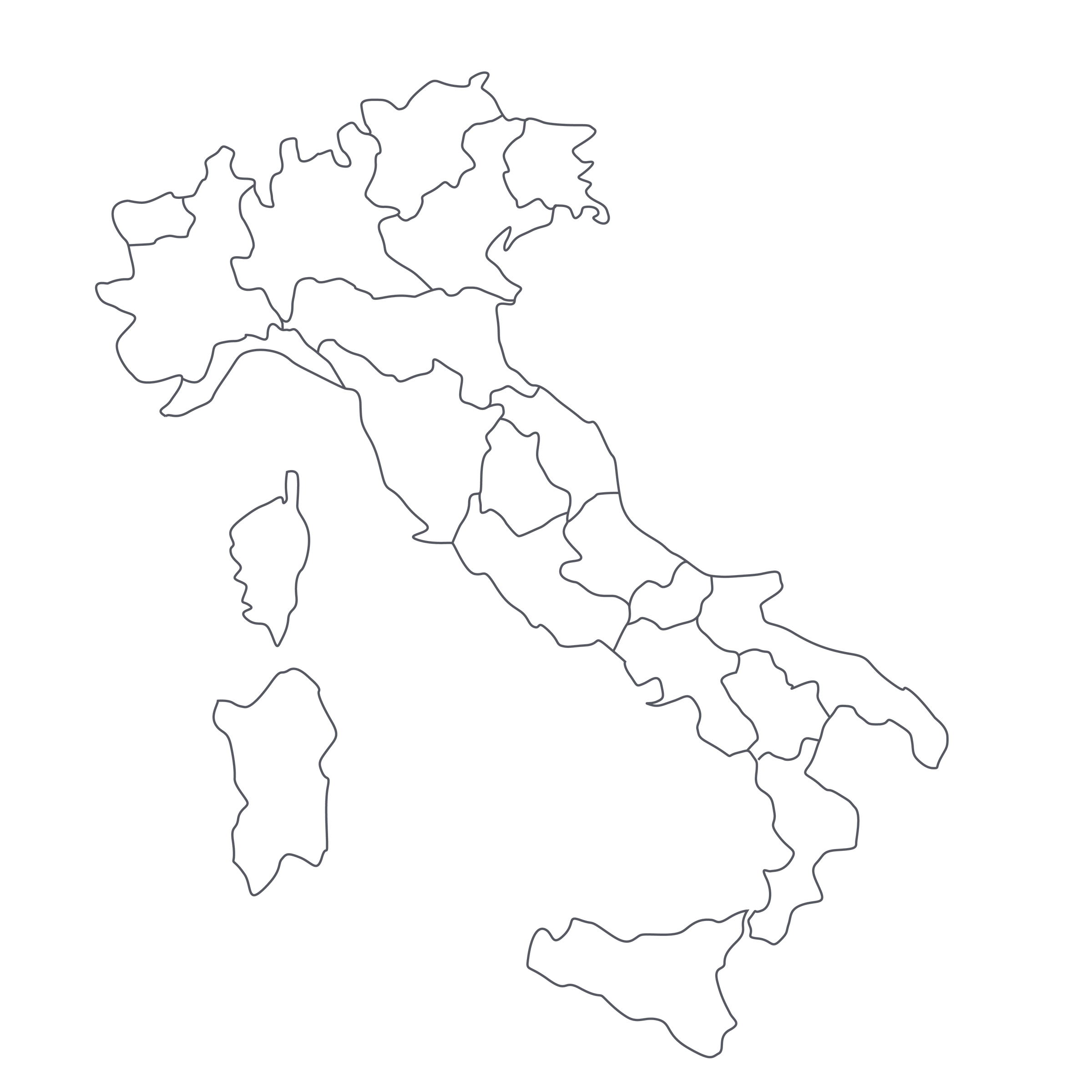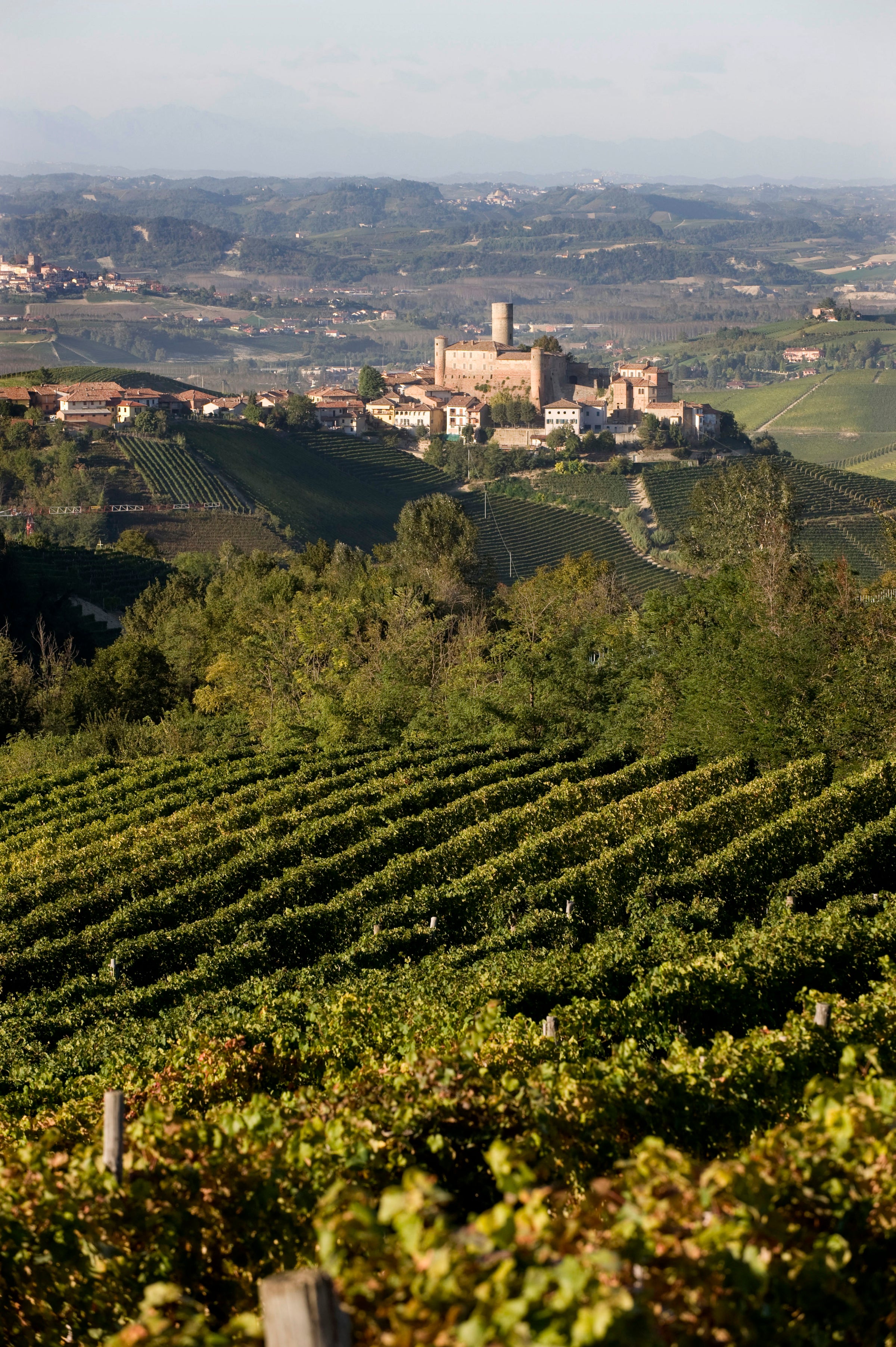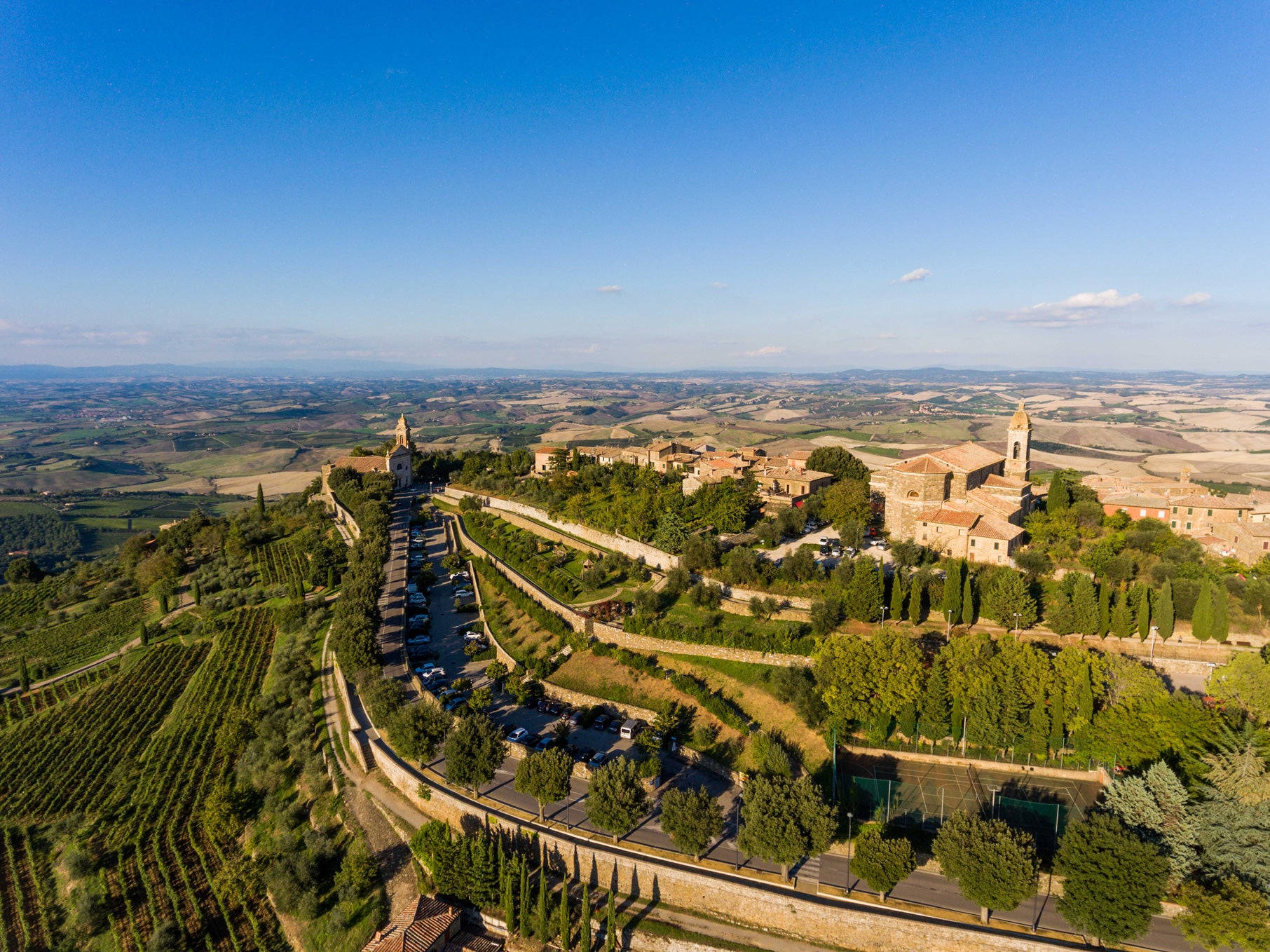I know I say this a lot, but there are far too many humdrum, homogenous, been-there-done-that wines at the $30-ish price point. Most are perfectly good wines from usual-suspect grape varieties, but on those rare occasions when a wine like today’s turns up in the mix, there’s no contest: you grab it as fast as you can and give yourself a pat on the back afterward. Maybe it helps to have someone assure you that the bottle in question is a transcendent, inimitable pleasure, which I’ll excitedly do for Nino Caravaglio’s “Nero di Munti.”
Many SommSelect subscribers will recognize this wine, since we tend to greet each new release with a ticker tape parade, but it’s been a few vintages since we’ve been able to offer some. But with today’s 2019, it’s back and better than ever: a one-of-a-kind wine at an everyday price. Grown on the Sicilian satellite island of Salina and featuring an indigenous grape variety called Corinto Nero, this is an objectively excellent wine, not just a romantic story—but what a story it is. Corinto Nero, once nearly extinct, was most likely brought to the Aeolian Islands by the ancient Greeks and is possibly related to Sangiovese. As grown in the dark volcanic sands of Salina, it becomes a wonderfully lush, spicy, mineral-rich red that radiates Mediterranean sunshine. As with just about everything Nino Caravaglio makes, it is a stunning evocation of its place of origin—completely unforgettable—and yet it remains in the same price tier as so much of the humdrum and homogenous. When given the choice, I choose the likes of “Nero di Munti” every single time. Who’s with me?
By now, I think the Caravaglio story will be familiar to most. Nino’s home base, the magnificent island of Salina, is part of the archipelago of seven volcanic islands (others include Lipari and Stromboli) off Sicily’s northeast coast. Steep-sloped and sparsely populated, with seaside villages sitting at the base of giant, vine-draped craters, this is where you go for the best seafood of your life; capers the size of walnuts; and grapes from vines never blighted by phylloxera. The most famous Aeolian wines are the sweet, dried-grape nectars from the aromatic Malvasia grape, which are labeled Malvasia delle Lipari DOC regardless of which island the grapes come from. Delicious, salt-kissed dry whites are also made from Malvasia, along with reds from a trove of different grapes—not surprising given how many conquerors/colonizers Sicily has seen over the centuries.
Although Nino Caravaglio founded his winery in 1992, his family has cultivated vines and other crops on the island since the 16th century. His vineyards have been Certified Organic for many years, with 37 acres on Salina and, on nearby Lipari, his five-acre vineyard of Corinto Nero, where some vines are 150 years old. The site sits in the crater of an extinct volcano, overlooking the Mediterranean at an altitude of about 300 meters. The island’s arid climate and cleansing breezes make Caravaglio’s commitment to natural farming that much easier; mold and disease resistance are not big issues here, and the exceedingly good health and cleanliness of the fruit enables Caravaglio to keep added sulfur to the barest minimum.
Ian D’Agata’s exhaustive Native Wine Grapes of Italy (University of California Press) has a short-but-interesting entry on Corinto Nero. It is thought to be a distant relative of Tuscany’s Sangiovese, although it has mutated over the years to be seedless. Likely planted on Salina by the ancient Greeks, it is known for very sparse production and is grown only in the Sicilian province of Messina.
From these ancient vines, rooted in mineral-rich, volcanic ash, Caravaglio crafts Nero di Munti as a “varietal” red—one of the few examples of such a wine in existence. Etna Rosso fans will find this volcanic red to be a little deeper in both color and flavor, with a more dark-fruited personality in comparison to Etna’s Nerello Mascalese-based reds. In the glass, it is a deep ruby-red extending all the to the rim, with a resolutely ‘Mediterranean’ aromatic profile that summons images of some southern French styles: black raspberry, red and black currant, damp violets and lavender, dried herbs, baking spices, and a hint of leather. There’s a strong whiff of garrigue—or as they say in Italy, mácchia—in evidence here. The texture is voluptuous but lifted by refreshing acidity and underpinned by a smoky, volcanic minerality. It’s a delicious wine to open and enjoy now: Give it about 30 minutes in a decanter and serve it around 60-65 degrees in Bordeaux stems. Check it out with a hearty beef braciole and trust me when I say the actual wine is as good as its story. Enjoy!




